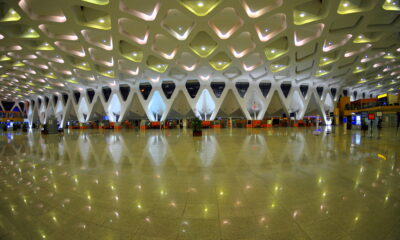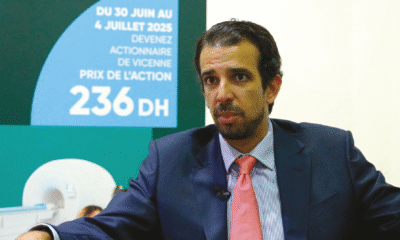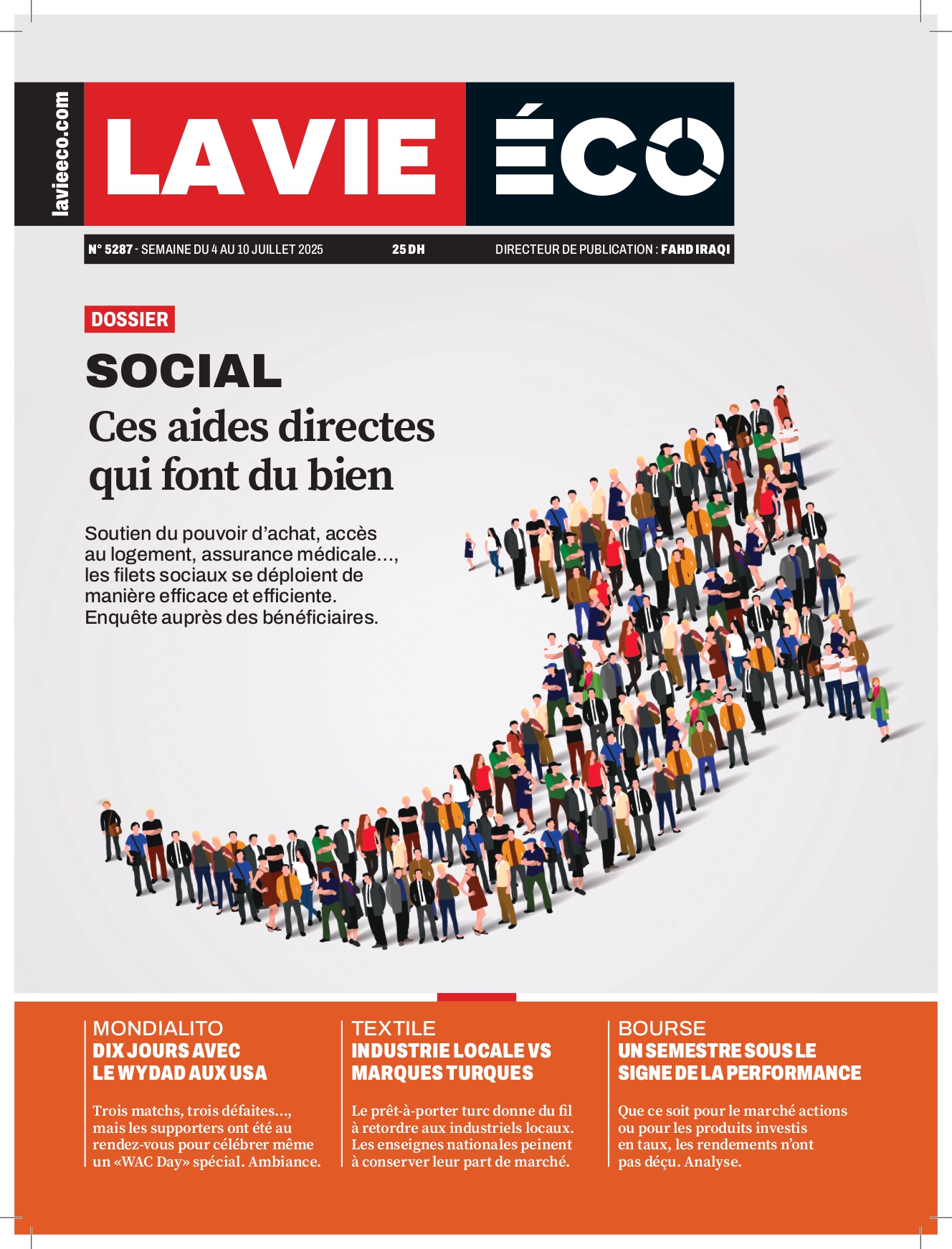Kingdom
Growth, Jobs… The Inflection Point
The updated macroeconomic forecasts presented by Bank Al-Maghrib have been significantly revised upward, driven by the boom in non-agricultural activities. GDP growth is poised to reach a new threshold, with highly positive repercussions for the labor market.

The Board of Bank Al-Maghrib (Morocco’s Central Bank) has decided to keep its key interest rate unchanged at 2.25%. Once again, the central bank defied expectations from a majority of investors, who, according to two recent surveys, had anticipated a further cut in BAM’s benchmark rate following the reduction implemented last December.
Yet there is no shortage of arguments in favor of continuing the monetary easing cycle: inflation at its lowest level (0.4% in May), massive financing needs, easing in the bond market, and effective transmission of previous rate cuts to bank lending rates…
However, Abdellatif Jouahri, Governor of Bank Al-Maghrib, decided otherwise, citing a particularly turbulent international environment that has created an “exceptional level of uncertainty,” justifying the monetary status quo for now. But the real story lies elsewhere.
While hopes for a lower cost of borrowing have once again been dampened, the updated macroeconomic outlook presented by the central bank more than compensates for the disappointment. The reason? Economic indicators are firmly in the green—even “dark green.”
Growth projections for 2025 have been revised upward—and significantly so. At its March meeting, the central bank had forecast GDP growth of 3.9% for this year. Now, the institution projects a much stronger expansion of 4.6%. This represents a substantial forecast gap of 70 basis points in just three months, whereas typical quarterly revisions rarely exceed 10 to 20 basis points.
What explains this optimistic revision? On one hand, an agricultural season performing better than expected, with cereal production reaching 44 million quintals and the sector’s value-added projected to rise by 5% in 2025. However, the primary driver is the recent surge in non-agricultural activity, propelling growth to a new level.
Data from the central bank suggests a major inflection point in Morocco’s GDP growth trajectory for the coming years. BAM now forecasts non-agricultural sector growth of 4.5% in 2025 (up from 4.2% three months ago), driven largely by robust infrastructure investment.
“Non-agricultural activities are now growing within a range of 4% to 5%, returning to pre-COVID crisis levels. This is a highly positive development, as it makes overall growth less volatile,” commented Jouahri.
The central bank emphasizes that this momentum is expected to continue in the medium term, fueled by infrastructure investments under Morocco’s efforts to mitigate climate change impacts and prepare for hosting major international events by 2030.
Very Positive Signals on Employment
Even better, the institution highlights that this significant improvement in non-agricultural growth should support the tangible recovery in employment observed over recent quarters.
With the exception of agriculture, which saw a further loss of 72,000 jobs, all other sectors registered gains: 216,000 jobs in services, 83,000 in industry, and 52,000 in construction and public works (BTP). “The strength of growth is reflected in the labor market. The national economy created 282,000 jobs in the first quarter of 2025—a figure we haven’t seen in a long time,” stated the Governor of Bank Al-Maghrib. Even the activity rate rose by 0.3 percentage points to reach 42.9%. “Previously, this rate only declined. This reflects a return of job seekers,” he added.
The surge in non-agricultural activity is also evident in bank credit, the primary financing channel for the national economy. Bank credit to the non-financial sector is projected to accelerate sharply, with growth exceeding 6% in 2025 compared to an average of 2.7% over the previous two years, according to BAM’s forecasts.
Equipment loans, which fund business investment, are already growing robustly, with outstanding balances rising by 9.1% in the first quarter.
To top it off, the economy’s vigor is accompanied by disciplined public finances. Excluding proceeds from state divestments, the budget deficit is projected to remain at 3.9% of GDP in 2025 before narrowing to 3.4% in 2026, according to Bank Al-Maghrib’s estimates.
Public debt is also expected to continue declining, falling from 67.7% of GDP in 2024 to 67% in 2025 and 65.6% in 2026.
Financing for Micro-Enterprises: A Scoring System on the Horizon?
Access to financing for very small enterprises (TPEs), which account for 88% of Morocco’s economic fabric, remains a key priority for the central bank. It is with this goal in mind that the idea of establishing a national scoring system for this category of businesses has emerged.
“Bank Al-Maghrib is working with the banking sector, Tamwilcom, and Maroc PME to develop a national scoring methodology dedicated to TPEs,” revealed Jouahri. This initiative aims to create a shared evaluation framework adopted by all players in the banking system.
The system is expected to improve financing access conditions and enhance the effectiveness of existing support mechanisms. On the topic of TPEs, Jouahri added that the dedicated charter for these businesses is nearing finalization.
This charter will complement the new bank financing support program for TPEs launched last March. “We hope this charter will soon be signed by all stakeholders and accompanied by a monitoring structure to streamline the journey of these enterprises,” he stated.













